Who Owns the Rights to the Addams Family
The Untold Truth Of The Addams Family
Not merely are they creepy, kooky, mysterious, and spooky, but Gomez, Morticia, Wed, Pugsley, and Fester are also birthday ooky. They are, subsequently all, the Addams Family. From comic strips to Idiot box to movies to Broadway to games, at that place isn't much media the delightfully night family of loving and lovable outcasts hasn't conquered since making their debut in the 1930s — and equally a event, this quirky clan has delighted generations of fans effectually the earth for decades, and they show no signs of slowing downwardly now. Whether y'all're a lifelong fan who's enjoyed every type of Addams Family unit content or you're just starting out on your journeying with this delightfully morbid coiffure, we're here to entertain you with an assortment of piddling-known trivia and backside-the-scenes information that fifty-fifty hardcore enthusiasts might be surprised past. Here'south a look behind the shroud at the untold truth of the Addams Family.
It started off equally a comic strip
In 1938, eccentric cartoonist Charles Addams started sending his work to The New Yorker— which then, as it however does, featured notable, original, and witty comic art. Addams' recurring strip featured a family of gothic spooks, seemingly trapped in the Victorian era, dressed in black and obsessed with death. From its origin until Addams' decease in 1988, the strip never had a proper name, but the characters were noticeable enough that Addams earned a following for his weird family.
The characters didn't have names (at showtime)
Not only was Charles Addams' strip unnamed, just so were the characters. Writer and producer David Levy developed television's Addams Family series and asked Addams to come up upwardly with some options to telephone call each of the Addams family members, and he contributed to the process, as did Levy.
For the alpine, black-clad female parent graphic symbol, they came up with Morticia, an obvious play on "mortician." Interim on a suggestion from his friend, poet Joan Blake, Addams named the menacing, headless doll-loving girl Midweek (after the old line of poetry, "Midweek's child is full of woe"), and for the mischievous father, Addams suggestions two options: Gomez and Repelli, and left it up to the people working on the prove to make the final conclusion. They went with Gomez, naming the character throughout the future Addams catechism. For the other Addams kid, Addams well-nigh canonical Pubert, but they changed it to Pugsley considering "Pubert" sounded too sexual, and inappropriate for '60s telly. The name "Pubert" was ultimately used in the Addams universe, withal — that's the name of the new babe in the 1993 movie Addams Family Values.
The set was i of a kind...
The 1960s Addams Family unit Television receiver show has one of the nearly memorable and unique sets in television history, with priceless and macabre artifacts from around the world lining the walls, and monster plants, living bearskin rugs, and other spooky things filling in the gaps. Luckily it was a decent ready, because rarely did the Addams family ever leave their firm, preferring to spend their days fencing, knitting, crashing trains, and playing with Kitty Cat their pet lion. These elements were underdeveloped in the cartoons; all of this was created for the Tv series, but based on the actual Manhattan apartment of Addams himself. He fifty-fifty owned an embalming table he used every bit a coffee table.
Another big influence on the wait of the evidence was whatsoever the product company had lying around. The show's interior sets were reused and redressed ones left over from the contempo product of parent company MGM's big moving-picture show musical The Unsinkable Molly Dark-brown.
...and looked very different in existent life
Also created for the TV series: the colour palette of the set. While the bear witness was taped in black and white, similar much of tv set at the time, the set itself was in color, of grade. But to go just the right tones of black and greyness, set decorators painted it various shades of pink and crimson.
The original TV serial wasn't that all successful
While the Addams Family unit Tv set series is one of the most fondly remembered—and frequently run—shows of the 1960s, information technology didn't run for all that long. Debuting in 1964 and cancelled just two years later, but 64 episodes of The Addams Family unit were produced. Nor was it a massive hit, ranking in the tiptop xxx in its outset season, and falling out of that upper echelon the next year.
The evidence'due south virtually obvious competitor was The Munsters, which looked a lot like The Addams Family in that it concerned a misunderstood family who lived in a spooky house. Both shows even premiered in the aforementioned calendar week in September 1964. The large differences were that the Addams association was based on well-known comic characters and were essentially human; those Munsters were made only for Telly and based on quondam horror moving picture monsters. The Munsters drew slightly more viewers than The Addams Family unit throughout the two-season standoff, and both would be canceled for the same reason — the campy, comical Batman, starring Adam West, became the new weird, must-sentry Tv show. "Batman had come on reverse The Munsters, and a lot of the programming people thought of Addams and Munsters as the same kind of show," John Astin (Gomez Addams) told the Television Academy Foundation, "and they thought [Batman] would" kill off the horror sitcoms — whose ratings had taken a steep decline — entirely if left on the air for a third flavor.
There take been a bunch of attempted TV revivals
Despite the Boob tube series leaving the air afterward ii years, the Addams brood has never been away from the small screen for long. There have been numerous revival attempts. There was a Saturday forenoon cartoon version that debuted in 1973, the 1977 TV-picture show reunion Halloween with the New Addams Family, a reboot of the blithe series in 1992 (in the wake of the success of The Addams Family film), The New Addams Family unit and Addams Family Reunion, another TV movie (starring Tim Back-scratch and Daryl Hannah as Gomez and Morticia). There was even a variety show version. A airplane pilot for The Addams Family Fun-House was made in 1973, simply information technology didn't get picked up to series.
Ted Cassidy, superstar
Who was the breakout star of the original Addams Family Telly show? Vampy, alluring Carolyn Jones, who starred equally Morticia? Wisecracking and amiable John Astin, every bit Gomez? No, it was the hulking, half dozen'5", deep-voiced Ted Cassidy, who played the Addams' butler, Lurch. He rarely spoke, but when he did, information technology was a earthquakingly depression "you rang?"—a line he improvised during his audience. Information technology became a popular catchphrase, and Lurch grew so popular that Cassidy, equally Lurch, cut a popular record. "The Lurch" was a minor hit, as was its accompanying dance craze in 1965. Cassidy even performed the song on the teen music TV series Shindig . That's not all Cassidy contributed: Affair, the Addams' pet disembodied hand who lived in a box, was also played by Cassidy (or at least by his hand, and occasionally arm).
The movies started the modest screen-to-big screen fad
In that location were so many movies in the '90s based on one-time TV shows—The Flintstones, Maverick, The Beverly Hillbillies, My Favorite Martian, Leave it to Beaver, McHale's Navy, Sgt. Bilko, and lots, lots more. Merely the trend was started by the 1991 big-screen version of The Addams Family. Twentieth Century Flim-flam executive Scott Rudin got the thought from, of all places, hearing a little child sing the snap-happy theme song from The Addams Family serial during a auto ride. After a movie screening, Rudin was riding in a car with Flim-flam marketing chief Tom Sherak and his young son. The kid started singing the vocal, and then everyone joined in. The next 24-hour interval, Rudin proposed to his fellow executives the idea of an Addams Family moving picture.
According to the New York Times , that was in 1986, and Rudin had to seek out the approval of Charles Addams, the homo who created the Addams universe. He received his blessing and tried to recruit a director, although his get-go two choices — Terry Gilliam (Brazil) and Tim Burton (Batman) — said no. Rudin then asked Barry Sonnenfeld, a veteran cinematographer looking for his first directorial project, who merely signed on subsequently Rudin promised to change the motion-picture show's initial "jokey" screenplay.
There were a few almost-Morticias
The Addams cartoons, and the TV series, were so beloved that a number of Hollywood stars campaigned to be cast in the big-screen Addams movie. Cher, who with a long confront and long nighttime hair naturally resembles Morticia, tried to become the part only lost out to producer Scott Rudin'due south beginning option, Anjelica Huston. While growing up on her family unit's manor in rural Republic of ireland, they didn't accept many books—but they did accept a collection of Charles Addams' cartoons. Huston then based her portrayal not on Carolyn Jones' take from the TV serial, but her interpretation of the comic strip matriarch. She was also inspired past Grayness Gardens, the cult classic 1975 documentary about relatives of Jacqueline Kennedy Onassis who lived in a giant crumbling. mansion.
The bandage got the movie's original ending inverse
The plot of the first Addams Family unit movie concerns the long disappearance and sudden render of Uncle Fester (Christopher Lloyd)...or at least a man pretending to be Uncle Fester. The original script ended on a note of ambivalence—the audience would never know if the man really was Fester or an imposter. Every bit rehearsals commenced and filming approached, the main cast felt increasingly uncomfortable virtually that bummer of an catastrophe, and decided to do something nearly it: they enlisted one of the youngest and cutest bandage members, Christina Ricci, to approach director Barry Sonnenfeld about their concerns. Ricci asked him to delight requite the film a happy ending, and the change was made.
Its pinball machine was incredibly successful
Fifty-fifty into the historic period of video games—and domicile video game systems becoming so avant-garde that most arcades have gone out of business—pinball machines proceed to exist a big moneymaker. A moving-picture show tie-in pinball motorcar was, until recently, part of a Hollywood movie'due south marketing programme. In 1992, Bally Midway distributed an Addams Family pinball machine featuring images, dialogue snippets, and objects from the motion-picture show. More than 20,000 Addams Family unit pinball machines take since been manufactured and distributed, making it the all-time-selling pinball machine of all time.
At that place was supposed to be a third movie, and directed by Tim Burton
The Addams Family and Addams Family unit Values were two massive hits at the box office. Any plans for a third motion-picture show were put to residuum with the death of Raul Julia (Gomez) from cancer in 1994 at historic period 54. A completely unrelated crew and bandage produced a direct-to-video flick in 1998 called Addams Family Reunion (with Tim Curry and Daryl Hannah as Gomez and Morticia), but in 2010, talks of a third big-screen Addams Family unit outing were dorsum on — as a stop-motion animated feature. Illumination Entertainment (the studio behind Despicable Me and Minions) acquired the motion picture rights and hired Tim Burton (who declined to work on the 1991 Addams movie) to directly. He was the perfect choice, having overseen spooky finish-animated movies already, such as The Nightmare Before Christmas and The Corpse Bride. By 2013, no progress on the movie had been fabricated, and Illumination quietly pulled the plug and the rights passed over to MGM.
With the projection seemingly every bit expressionless every bit a resident of the Addams' backyard graveyard, MGM announced that an animated franchise reboot was in the works, with Sausage Party director Conrad Vernon in accuse. He besides voiced Lurch, joining Oscar Issac and Charlize Theron as Gomez and Morticia, respectively. This computer-animated Addams Family unit earned more than $200 million at the box role, making it the highest-grossing entry in the franchise. A sequel is scheduled to hit theaters in tardily 2021.
Why Gomez Addams digs cigars
Gomez Addams' habit of chain-smoking cigars came mostly from role player John Astin, who played the character in the 1960s television serial The Addams Family. "I smoked cigars at the fourth dimension, and idea it would exist right for the character, like growing a mustache," Astin told Smoke magazine (via CigarCyclopedia). From that character trait came a quirk, wherein Gomez could be frequently seen lighting up a new cigar, as if the absent goofball kept misplacing the one he'd already half-smoked.
This was all in the proper name of continuity and appearances. "Nosotros never wanted Gomez to use a short cigar. Information technology wasn't elegant," Astin said. "If we got to take 2, 3, four, and the cigar ash was getting too long, I would have to light up another cigar." So what would Astin (or Gomez) practice with those lit cigars? They went into a suit pocket, which costumers had lined with toxic — simply flame-killing — asbestos. Fortunately for producers, Astin could waste all the cigars he wanted to, because Dutch Masters cigars sponsored and supplied the show.
Backside the Addams Family theme vocal
Songwriter Vic Mizzy specialized in music for television set, and he composed many TV theme songs, including ii of the all-time nigh memorable: the ones for Green Acres and The Addams Family . The latter, with its lightly menacing organ riff and fun finger snaps, debuted with the 1964 television set sitcom iteration of The Addams Family and the song or its motifs were used in most every subsequent Addams projection, as it became so associated with the franchise.
The lyrics of the theme, like a lot of musical intros to high-concept '60s sitcoms, thoroughly explains the show, particularly how the Addams' are "creepy," "kooky," "mysterious and spooky," which Mizzy said he understood because he'd been around for the show's evolution. "I went with [creator] David Levy to choice out the props for the set up," Mizzy told the Television Academy Foundation. "So I already knew what it was." When he played the tune and did the finger snaps (which Mizzy says simply came to him], information technology delighted Levy and network executives. The composer had such a handle on how the vocal should represent the show that the director hired to shoot the opening sequence let Mizzy take over. He directed the actors' finger snaps and gave i direction to actors John Astin and Carolyn Jones: "Be lackadaisical."
The Television show creator sued the people who made the picture show
The 1991 moving picture The Addams Family pulled from Charles Addams' old New Yorker cartoons equally well as the 1964–'66 TV series. For example, it had a gothic look and macabre experience like the comics, and incorporated the famous theme song and characters introduced on the television series.
The latter was a big problem for Addams Family unit TV show rights-holder David Levy. Ii months after the film began its successful theatrical run, Levy sued Paramount Studios and Orion Productions for $50 million, co-ordinate to the Orlando Watch . "He named the characters, he put the concept together. He invented the characters Matter and Itt completely," Levy's attorney said. Levy, the credited creator of The Addams Family television series, likewise asserted that he invented the notions of Gomez loving to debate and obsessively fawning all over his wife, and how Lurch liked to play the organ, none of which was terribly present in Addams' comics. Paramount speedily settled out of court with Levy, so equally to avoid whatever production or release delays for the film's sequel, Addams Family Values.
There's an unauthorized spinoff spider web series
In addition to all those diverse Addams Family movies and TV projects came one that examined its subject matter outside of the familiar surroundings — namely with little Wed Addams all grown up and living life as a deeply disturbed woman. That's the premise of Adult Wed, a 13-episode comedy series distributed over the internet from 2013 to 2015. Written, produced by, and starring Melissa Hunter, the show finds Wednesday as a young woman in her twenties, living away from her parents and their creepy house in a Los Angeles apartment, giving in to the aforementioned dark impulses the character experienced in different Addams media (and still rocking the all-blackness wardrobe and braids). The prove went viral after the episode in which Midweek thoroughly destroyed some catcallers — andAdult Wednesday too came to the attending of the Tee & Charles Addams Foundation, which vigorously enforces the legacy of the Addams Family creator. Citing trademark infringement, the Foundation orderedAdult Wednesday to be removed from YouTube.
Source: https://www.looper.com/43555/untold-truth-addams-family/

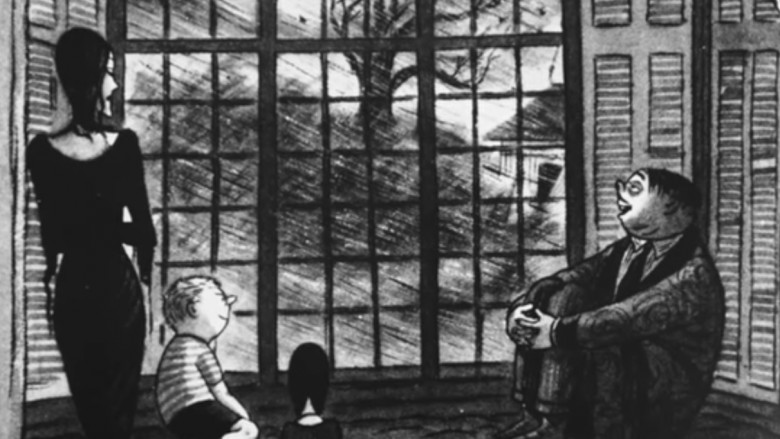
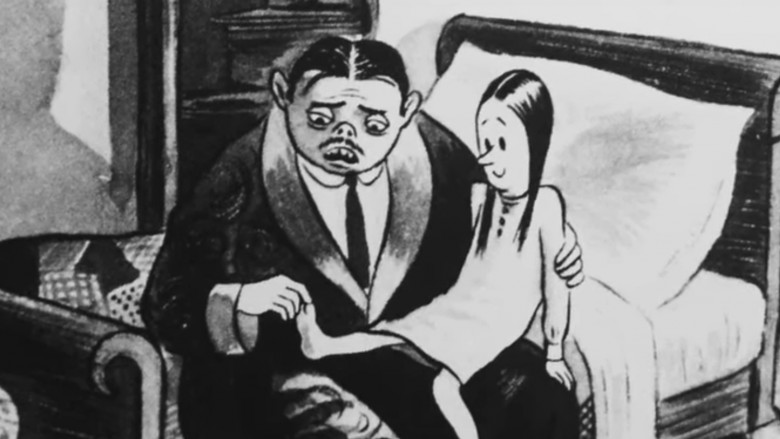
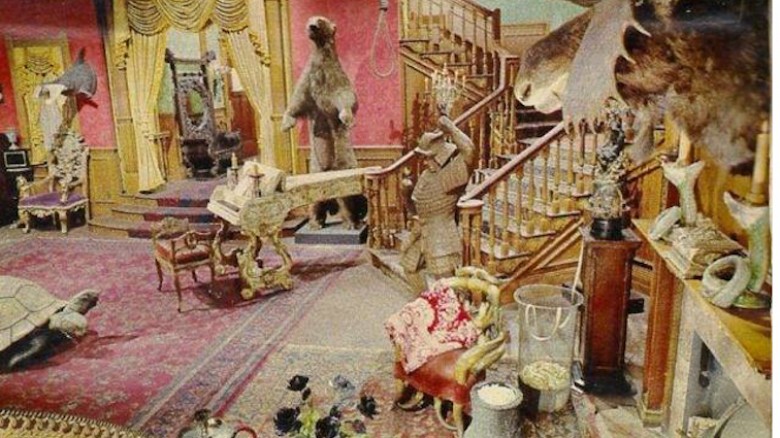
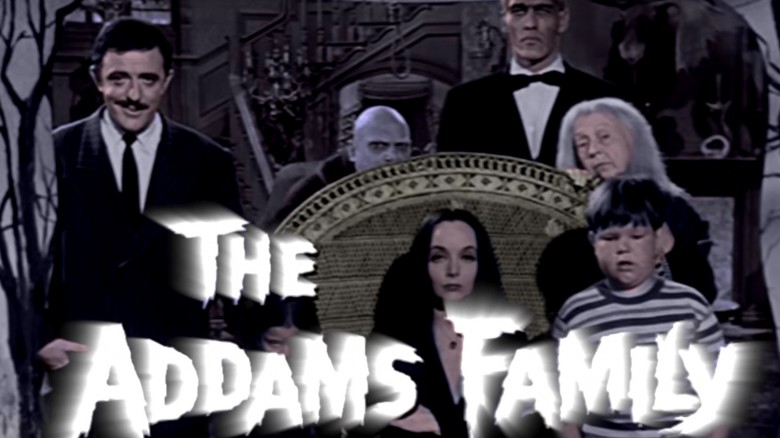
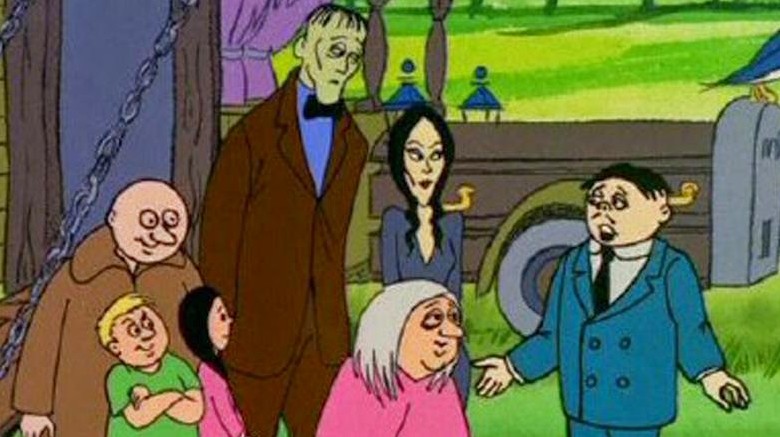
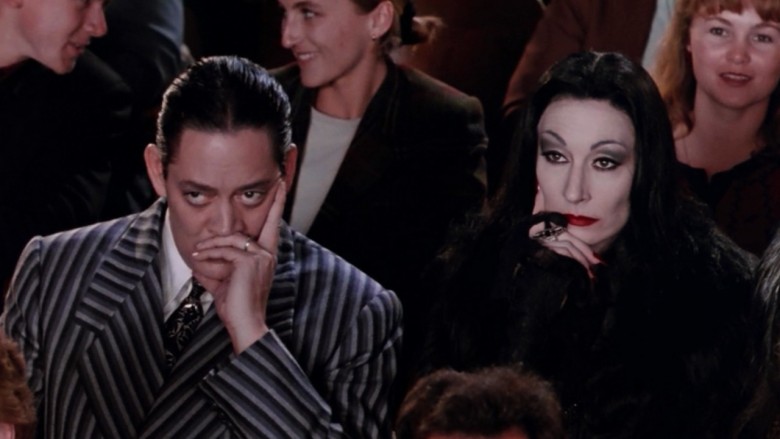
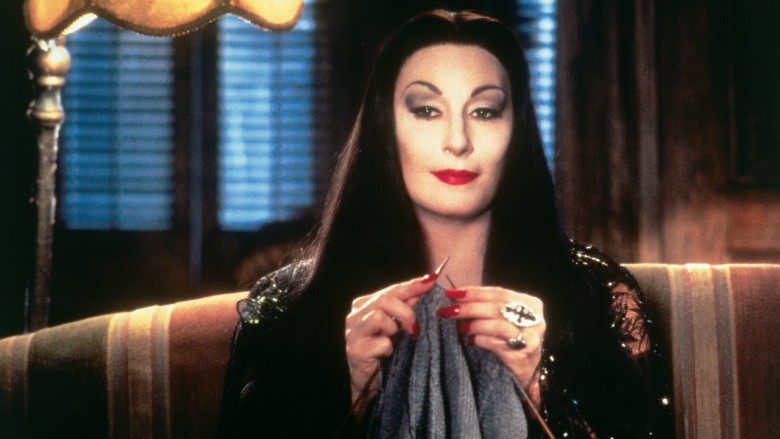
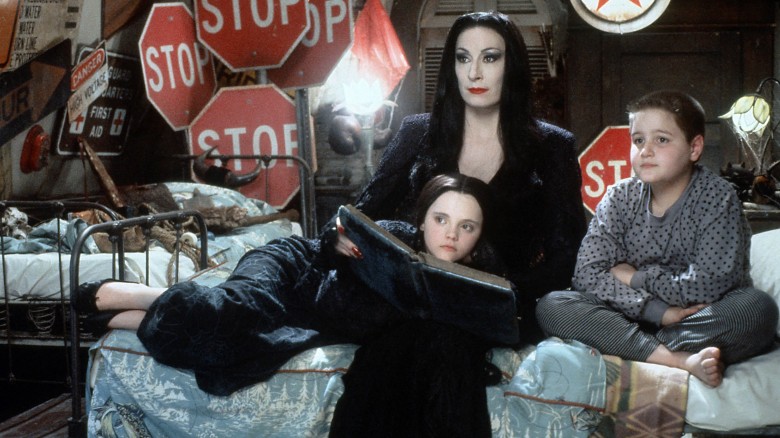
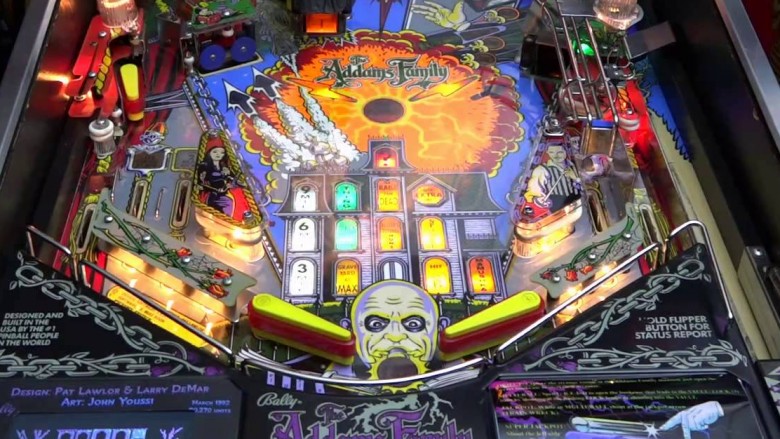
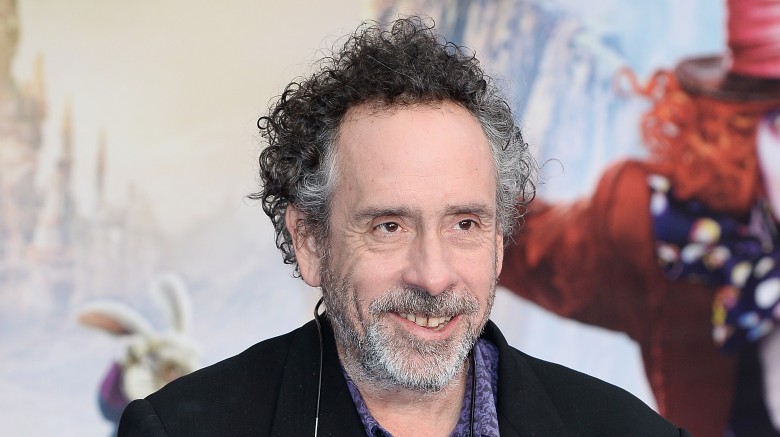
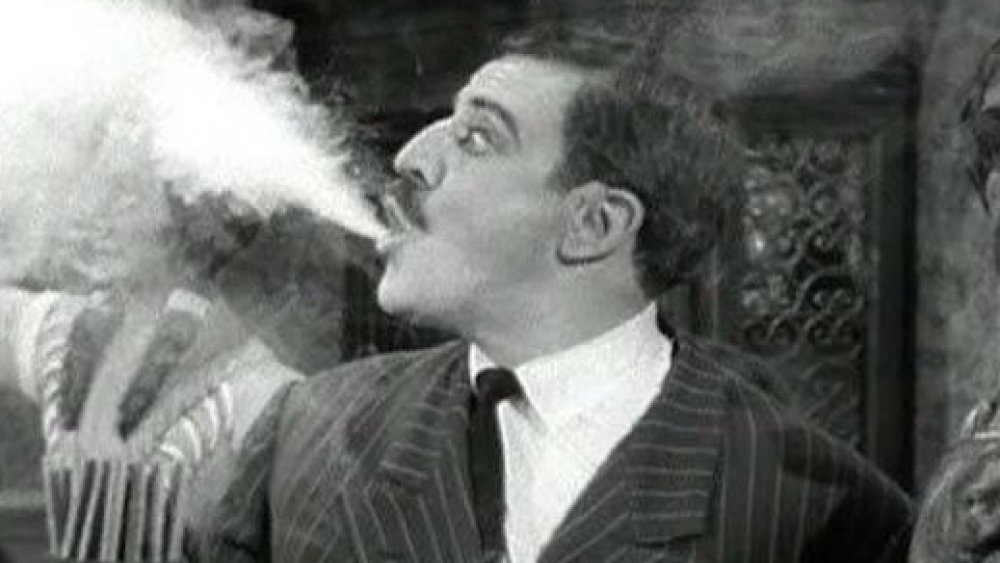
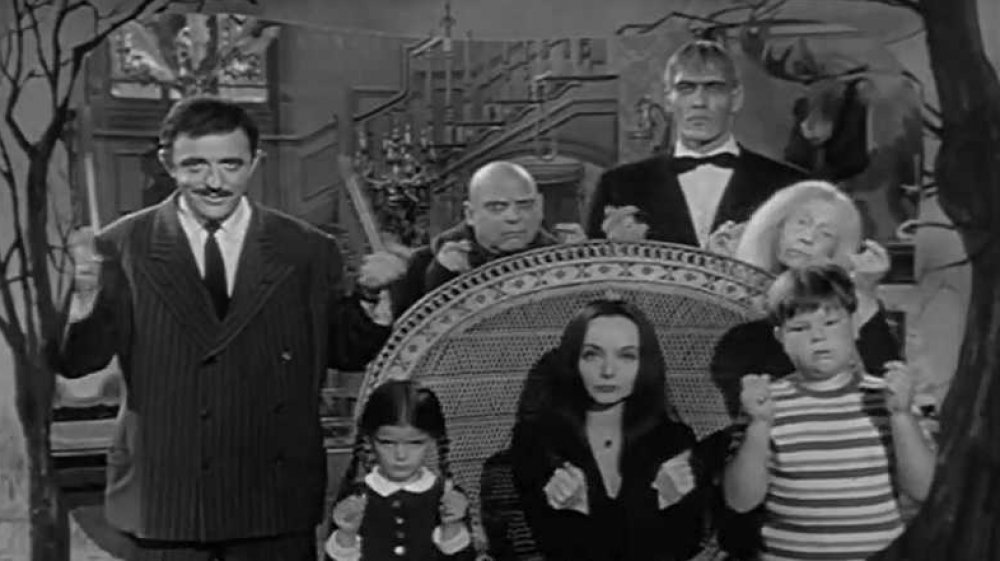
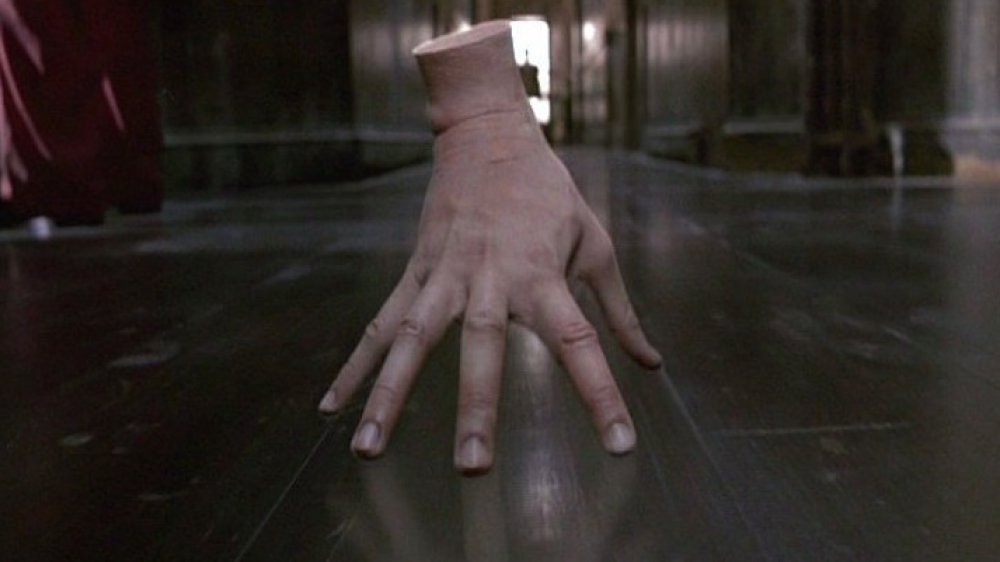
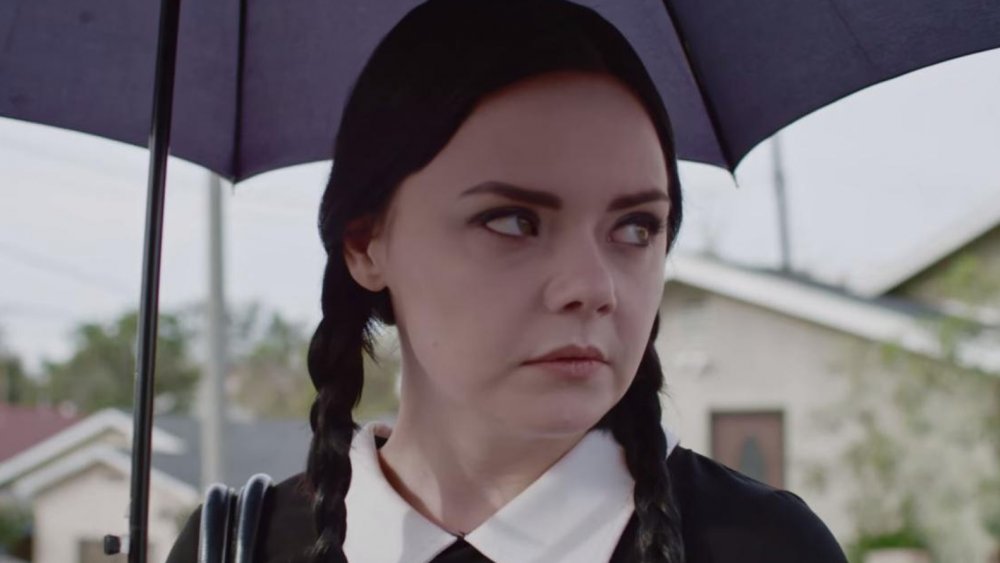
0 Response to "Who Owns the Rights to the Addams Family"
Post a Comment